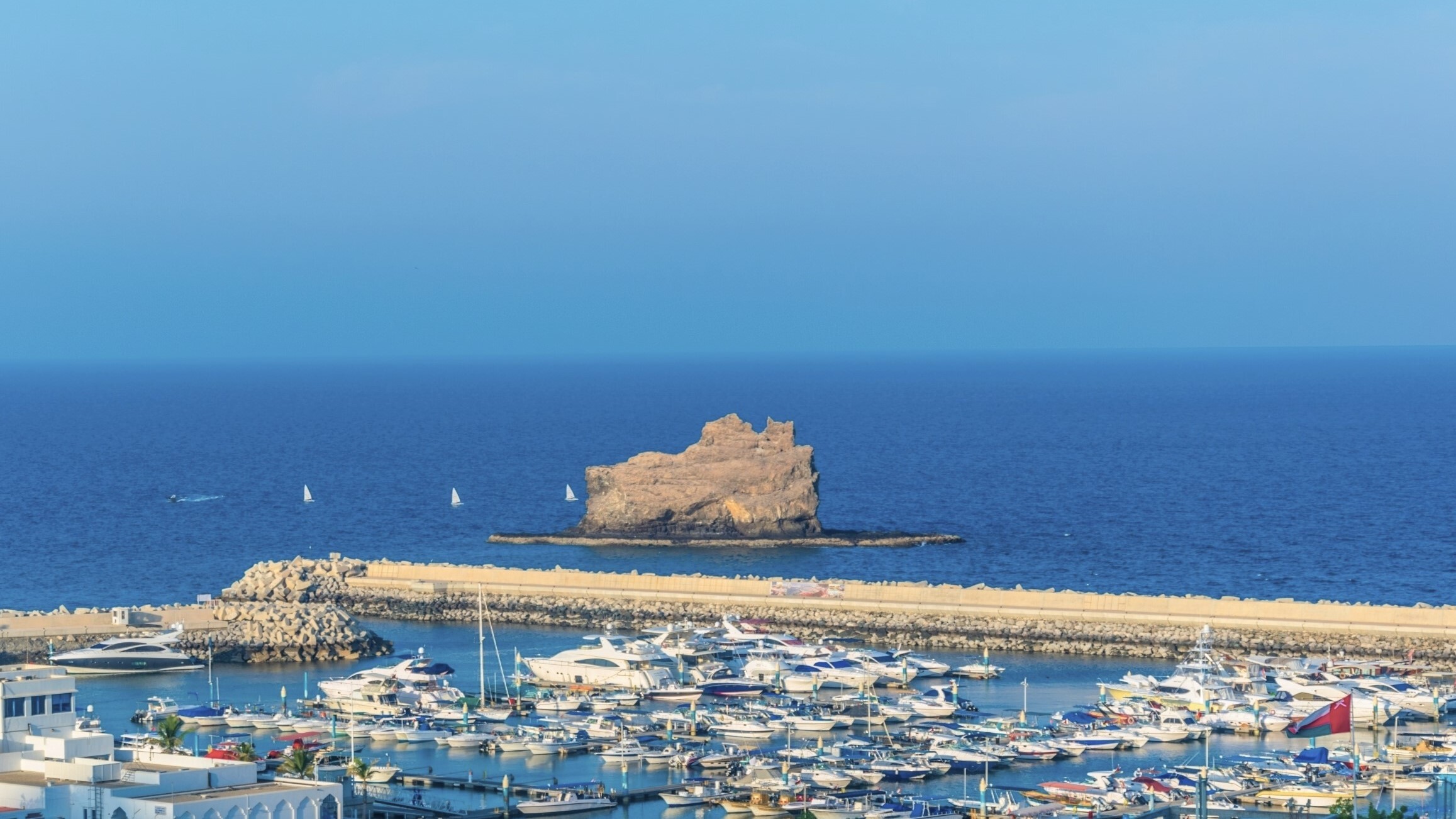When a French couple living in China decided to convert their 1930s villa into a modern retreat, they turned to French-Argentinian designer Marcelo Joulia and his team from Naço Architectures. Starting with the concept of five cubes of various sizes and materials––wood, metal, stone, and glass––which extend or make up the principal rooms, the firm reinvented the home in Shanghai’s former British Concession, retaining key elements of the original, including roof edges and timber flooring, and adding contemporary luxuries like a gym and a two-car garage.
Seven years after its initial renovation, "Villa Cube 5" has come onto the market, the first property in Mainland China to be marketed globally by Christie’s International Real Estate. The property price is undisclosed, but nearby the former residence of writer Eileen Chang, a refurbished six-bedroom 1920s townhouse, is currently listed through Savills for $5.3 million.
Those unfamiliar with Shanghai often imagine a Blade Runner-like dystopia of endless urban expansion. And while the scale of the city can be overwhelming, there are pockets of reprieve, neighborhoods where the monolithic slabs of building break open, and smaller shikumen (or lane houses) and villas come down to the street on a human level.
This is particularly notable within Shanghai’s former foreign districts. In the period from 1843 to 1935, Shanghai was ceded to the British, and the city was carved into foreign “concession”, districts of imported architectural styles that gave the city its distinctive character and its reputation as the "Paris of the East". The former French and British Concessions are the largest and most prominent and feature quiet tree-lined streets, lane houses, stone villas, and leafy private gardens, many of which have over the last decade been transformed into contemporary havens by local and international design firms.
Architect Marcelo Joulia says he wanted to create a contemporary home that is at once high-tech and warm and welcoming. “The aim was to create a family home that was open to the exterior, but that was a refuge at the same time, protected from the elements and the aggressions of the city,” he says.
He also wanted the house to be luminous and airy. To capture as much light as possible, he built a protruding transparent cube on the top floor that touches the treetops. Next to it is an outdoor terrace with views of the grounds, while a small Japanese garden on the balcony floats in between the master bedroom and bathroom. Incorporating ambiguity between indoors and outdoors was also paramount. “When I open the door, everything inside is outside, and everything outside moves inside,” Joulia says. Each room of the house also offers a view of the exterior.
“Villa Cube 5 is defined by its serene atmosphere and accentuated by rare offerings such as a spacious private garden, swimming pool, and rooftop sauna,” says listing agent Catherine Lee with Shanghai agency Fultonex Realty. “All of the rooms are uninhibited, including the open kitchen which boasts fine flooring bathed in natural light.” Adding to the home’s modern conveniences are a fireplace, service kitchen, gym, private solarium, and two-car garage.
In addition to the Villa Cube 5, Naço Architectures has designed several hotel projects in Europe and Asia, including the Novotel Hong Kong and the Club Med in Yabuli, one of China’s first ski resorts. The multidisciplinary practice also lends its eye to commercial spaces and industrial design.
Cross-cultural work suits Joulia, who has moved between several continents in his lifetime. Born in 1958 in Cordoba, Argentina, he arrived in France with his family in 1976 after fleeing the repressive Videla government. “We had to leave the country within 24 hours,” he recalls. “My exile has obviously influenced my way of looking at the world and my profession as an architect––the most international possible, without frontiers.”
Images courtesy of Christie's International Real Estate




















